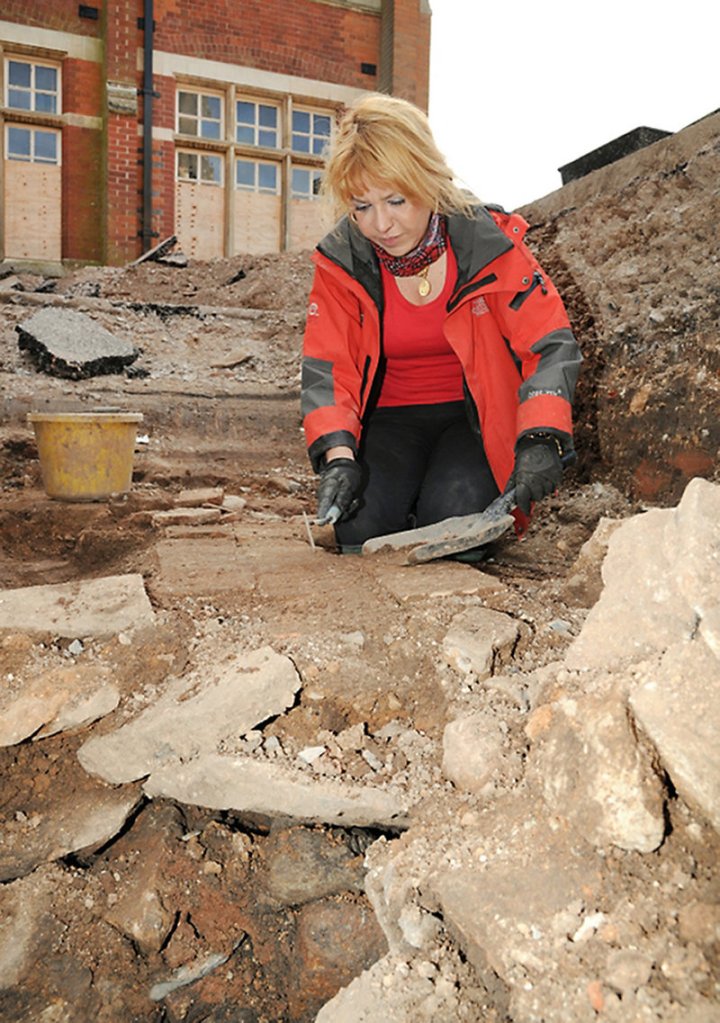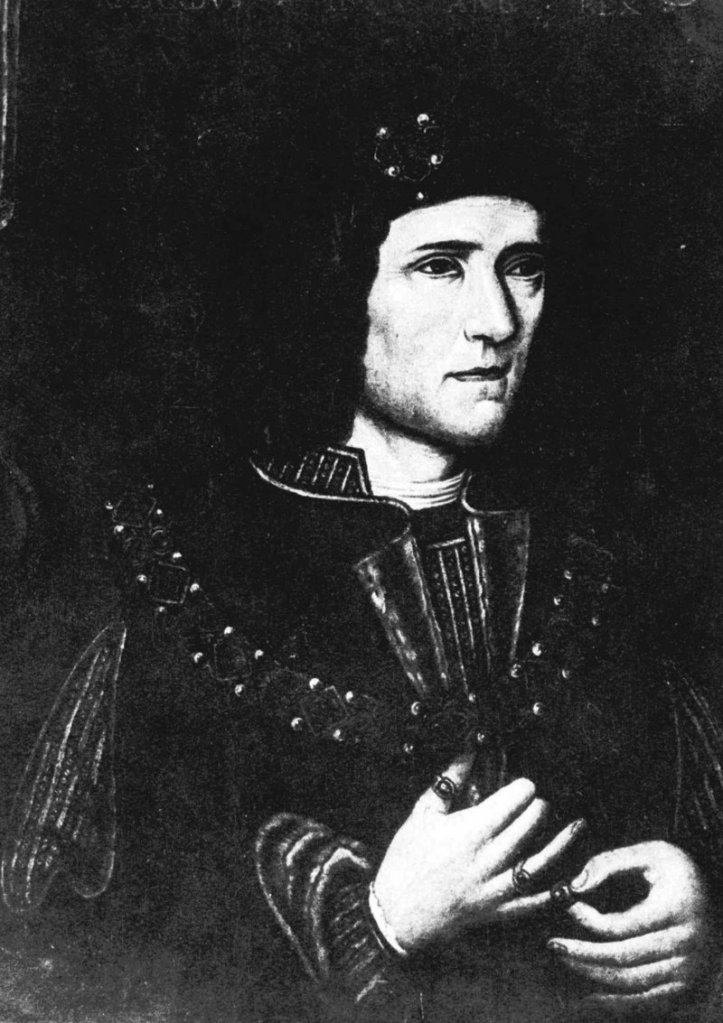Is now the summer of his disinterment? Archaeologists digging in central England for the remains of Richard III, the king immortalized as a murderous tyrant by William Shakespeare, have found bones that in many ways match his profile – literally.
The University of Leicester, which is spearheading the search, said Wednesday that its team of archaeologists had unearthed the skeleton of an adult male bearing signs of possible battle wounds, with a severe curvature of the spine that would have made one of the man’s shoulders appear much higher than the other.
Richard was the last English monarch to die in battle, in 1485, at Bosworth Field. Described as “deform’d” by Shakespeare, he was buried without pomp in a medieval friary in Leicester.
Working in the past three weeks in a small downtown parking lot, archaeologists discovered the ruins of what appears to have been the friary, with the bones in a spot at the east end of the church, where scholars believe Richard was entombed.
Richard Taylor, a spokesman for the university, said the skeleton bore evidence of major trauma. “A bladed implement appears to have cleaved part of the rear of the skull,” Taylor said. “A barbed metal arrowhead was found between the vertebrae of the skeleton’s upper back.”
The spine showed signs of “severe scoliosis,” causing the person’s right shoulder to look higher than the left, an abnormality “consistent with contemporary accounts of Richard’s appearance,” Taylor said. It would not, however, have made him a hunchback, as many actors have portrayed the character in Shakespeare’s famous tragedy.
The bones have now been sent for DNA analysis, to be compared against a sample from a man believed to be a present-day descendant of one of Richard’s sisters.
Shakespeare, writing more than a century after Richard’s death, described the king as “deform’d, unfinished,” a monster with a deformed conscience who murdered his nephews in the Tower of London in order to gain the throne.
The murder charge is a matter of historical dispute. The official royal website says the young princes “disappeared” while under Richard’s protection.
There is a record that King Henry VII, the victor at Bosworth Field, commissioned a memorial for Richard’s grave – in the choir, or eastern portion of the Grey Friars church – about 1495.
Although the records pointed to a grave in Leicester, 100 miles north of London, the church was suppressed in 1538 after King Henry VIII abolished the monasteries, and its location was long forgotten.
Christopher Wren, the architect of St. Paul’s Cathedral in London, visited the area in 1612 and saw a stone pillar erected in a garden on the site that was inscribed “Here lies the body of Richard III.”
There also were tales, still repeated on the British royal site, that Richard’s bones were dug up and scattered during the Reformation.
Copy the Story LinkSend questions/comments to the editors.




Success. Please wait for the page to reload. If the page does not reload within 5 seconds, please refresh the page.
Enter your email and password to access comments.
Hi, to comment on stories you must . This profile is in addition to your subscription and website login.
Already have a commenting profile? .
Invalid username/password.
Please check your email to confirm and complete your registration.
Only subscribers are eligible to post comments. Please subscribe or login first for digital access. Here’s why.
Use the form below to reset your password. When you've submitted your account email, we will send an email with a reset code.